Pain’s Purpose
Aristotle called pain the “passion of the soul.” Although we may not look at pain quite so romantically, it’s important to recognize that pain serves a constructive purpose. Pain is a warning signal that you may be in danger or at risk of injury. The sensation of pain tells us that something are doing may cause the body damage, and in this way pain is our innate method of self-protection. You can imagine the problems that would arise if you were unable to feel pain!
Pain is usually divided into two main types: acute and chronic. Acute pain generally short-lived and gradually disappears through the course of normal healing. Acute pain typically has an identifiable cause. Chronic pain persists for more than six months. Some chronic pain sufferers may have symptoms for months or even years. This could be the result of a specific injury or chronic medical, or in some cases it may have no identifiable cause. The focus of this article will be on acute pain (specifically related to exercise) and some suggestions on how to manage it, although some of the methods I discuss may help those who suffer from chronic pain.
Good Pain vs. Bad Pain
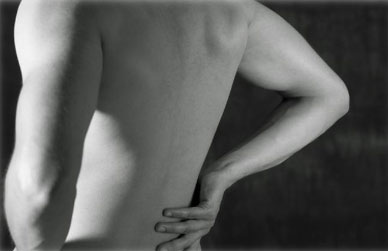 As the great English Strongman Geoff Capes once said, “Without pain there is no gain. Without pain there is no glory.” Not all pain is necessarily a bad thing. Quite often high levels of human performance are achieved by reaching outside of one’s comfort zone and testing the limits of the body’s pain tolerance. One must learn to distinguish between pain that is good or which will lead to positive physical adaptation, and pain which is bad or indicates injury.
As the great English Strongman Geoff Capes once said, “Without pain there is no gain. Without pain there is no glory.” Not all pain is necessarily a bad thing. Quite often high levels of human performance are achieved by reaching outside of one’s comfort zone and testing the limits of the body’s pain tolerance. One must learn to distinguish between pain that is good or which will lead to positive physical adaptation, and pain which is bad or indicates injury.
More often than not this distinction is pretty obvious. Delayed onset muscle soreness (DOMS) experienced a couple of days after a great workout could be viewed as good pain. The burning pain you might feel performing a weighted sled drag, or during the last few repetitions of a squat could be described as good pain. Good pain is often experienced as a satisfying muscle “tightness” or achy feeling. It’s that sensation of heaviness in the belly of the muscle that lets you know they’ve been working hard. I personally love this feeling; it’s as though the muscles feel alive and full.
Bad pain is typically pretty easy to recognize. It often has a sudden onset, and usually leaves you feeling weak or unstable. Even if it has a more subtle onset, it would be described as more of a sharp joint pain rather than a dull muscle ache. It might be experienced as a “pinching”, restrictive feeling that leads to a reduced range of motion and can last for several days or even weeks. This type of pain can be quite intense and could indicate an injury that requires a break from training and medical attention. We all hate this type of pain.
The key is to learn to embrace the good pain, and learn to prevent the bad pain.
Deal with It
If you are training hard and heavy, or are competing at an elite level of performance; you are likely flirting with pain a lot of the time. For most lifters, you can expect “good pain” to be a consistent part of your life. Get used to it. However, there are a couple of methods you can use to minimize or manage it.
Surprisingly, stretching is not one of them.
Contrary to what many believe, traditional static “passive” stretching does not relieve DOMS or necessarily aid in recovery. A study done in 1999 indicated that stretching made no significant difference in the reduction of exercise related muscle soreness. In general I advise caution while stretching muscles or joints that are sore. A safer solution would be to use “active” stretching, or gently move through your active range of motion.
The most effective methods for reducing DOMS are the performance of light exercise for affected areas, or taking NSAIDS (such as ibuprofen). I’m not a big fan of taking any sort of drug for pain relief, so I usually focus on low intensity exercise for active recovery and other natural methods of reducing inflammation.
Active Recovery
The key here is to use low intensity (sub – maximal), low impact exercise to promote recovery, not to try to g et a training effect. The goal is to increase blood flow in order to get more oxygen and nutrients to the muscles, as well as to flush out any lactic acid. You can choose any form of low intensity, low impact training, but my personal favorite is swimming. Swimming facilitates a greater range of motion around your joints with minimal weight bearing. You’ll get a good full body workout, as well as cardiovascular training, while putting minimal stress on your joints.
Brains Over Pains
How well you tolerate pain and your perception of pain is partly psychological. As such, your attitude regarding pain plays a big role in how you experience it. For example, people raised in different cultures can express pain very differently. A stoic person may seem to have a high pain tolerance, while another individual may tend to be more emotional and will find that same pain stimulus intolerable. Knowing this, you can train yourself to perceive pain differently and thus develop a greater pain tolerance. Your mind h as incredible power and a tremendous influence on your body. By learning to focus your mind, you can affect hormone levels, stress, healing, and other physical functions. Activities such as progressive relaxation, meditation, and visualization can all help you manage pain. Deep breathing exercises and stress management techniques can also aid in pain management.
Toughen Up
Another way to develop a greater tolerance to pain is through what some refer to as “body – hardening”. Martial artists often use different body hardening techniques, such as striking a heavy bag, being struck by a bamboo staff, or having a medicine ball dropped on them, in order to “get used” to the pain or create actual tissue changes to build tolerance to it. They learn to handle a certain level of physical discomfort.
I’m not suggesting you abuse yourself, but certain types of training can certainly make you more tolerant to painful stimuli. For example, training with odd implements (i.e. – strongman events) such as tire flipping, keg pressing, sandbag carries, and stone lifting places a very different stress on your body compared to traditional gym training. You will develop a certain physical “toughness” by pushing through the friction of the tire on your body, the scraping of the stone on your forearms, and pressure of the keg on your chest. Body – hardening can help you blast through training plateaus, train at a higher intensity, and achieve greater performances in competition.
Once again, you need to know the difference between good pain and bad pain, and listen to your body. You better know when to stop when you are injured or if you need more recovery time. As long as you are smart about it, in my opinion it is always better to have a higher pai n tolerance.
Add Some Oil
 Another natural method of reducing inflammation and aiding in pain relief is to consume an adequate amount of essential fatty acids (E.F.A’s). Omega 3 fats in particular have anti – inflammatory properties as well as a slew of other health benefits, including:
Another natural method of reducing inflammation and aiding in pain relief is to consume an adequate amount of essential fatty acids (E.F.A’s). Omega 3 fats in particular have anti – inflammatory properties as well as a slew of other health benefits, including:
- Lower blood pressure and cholesterol
- Better skin and hair
- Better mood
- Improved concentration and memory
- More balanced blood sugar levels
So it just makes sense to include plenty of these Omega 3 oils in your diet. Good sources of EFA’s include fish (particularly oily fish such as salmon), nuts, seeds, avocado, flax seed oil, and other natural sources.
Cryotherapy
If you have experienced an acute injury which is causing inflammation, pain and swelling at joint in your body, apply ice rather than heat, especially for the first few days. Ice can reduce inflammation and swelling, numb the pain receptors, and speed the healing process. Heat could cause more inflammation and increase blood pooling in the area, thus creating painful pressure on the nerve endings.
Although real ice will be colder, the simplest option is to put a flexible gel ice pack over the affected area for 15 to 20 minutes, a couple of times a day (especially after exercise). In the later stages of recovery vascular flushing may help to restore healthy blood flow and flush out the chemical mediators of inflammation. Vascular flushing involves alternating shorter periods of ice and heat application.
Contrast showers are another type of cryotherapy that I enjoy regularly. This involves showering with hot water then rinsing with cold or very cool water before getting out. Some claim that this aid s in recovery by flushing out the lactic acid. I haven’t read evidence of this myself, but it does help improve blood flow to your central organs, and you feel great after!
Rehabilitate
If you have an injury, especially if it is recurring, you need to d eal with the root cause of the problem, rather than just masking the symptoms. This is where rehab exercises will come into play. My recommendation is to get assessed by a good physical therapist to determine where your weaknesses are and start a progressive training plan to correct your imbalances. In general, I believe a good rehabilitation plan should follow these basic steps (depending on the injury):
- Assessment
- Passive therapy (ice, ultrasound, TENS, acupuncture, tissue work, etc)
- Active range of motion and isometric exercise (static contraction of your weak links to “retrain” them)
- Isolation exercise for these weak links and the muscles involved with stabilizing and protecting the affected area.
- Re – introduce compound exercises for the involved muscles to incorporate them back into the kinetic chain.
- with necessary program changes.
If you experiencing pain that won’t resolve don’t ignore it… see a professional. I just think it ’s a good idea to set high standards for the therapist you choose. If they just sit you on the electrical stim unit then send you home, you might want to look elsewhere.
Prevention
It is obviously preferable to prevent these injuries before they even occur. Warming up properly, such as performing a dynamic warm up before training, is one simple action you can take which will help prevent injury. Using proper lifting technique is another. Using intelligent training principles such as micro – progression (increasing resistance with small increments over time) also helps. You should also take necessary safety precautions, such as getting a spotter when needed.
Finally, incorporate “prehab” exercises for your weak areas, which could include external rotator cuff, rear delts, mid back, core, etc. It’s better to spend a little extra time now correcting your muscle imbalances, rather than missing training altogether because of an injury.
Conclusion
In this article I’ve discussed methods of handling “good pain”, managing “bad pain”, improving recovery, and injury prevention. If you become familiar with the different types of pain and how to properly manage them, you will be able to continue to train, compete, and achieve your fitness and performance goals.

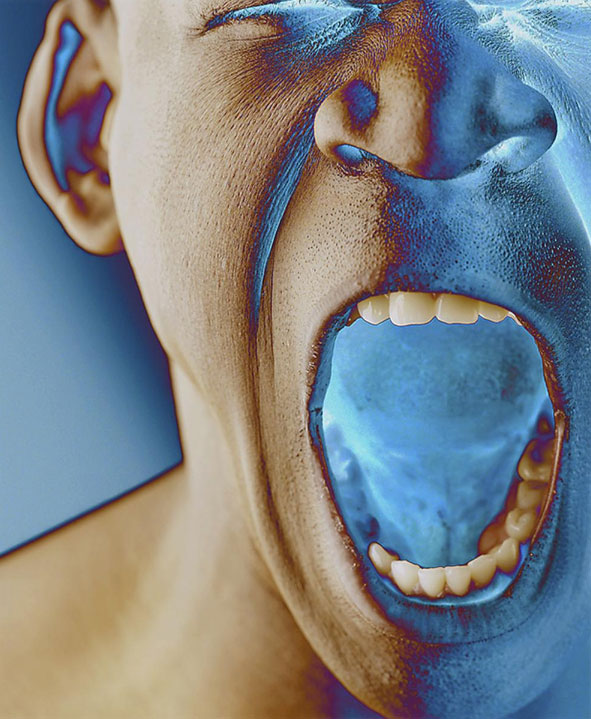
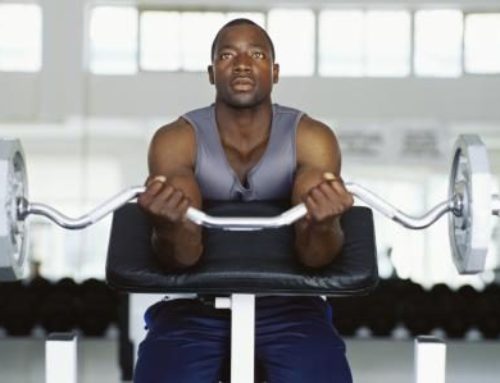
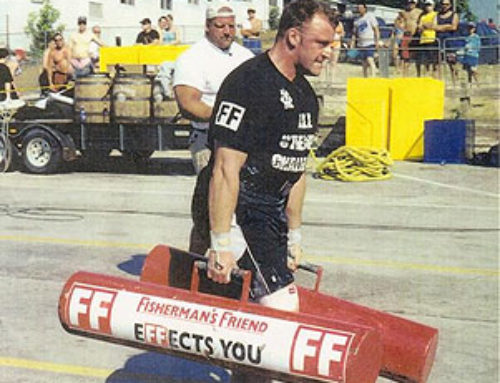
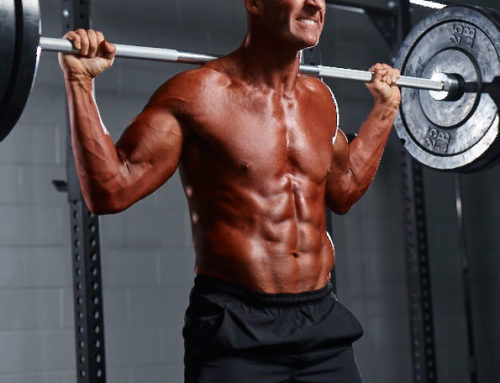
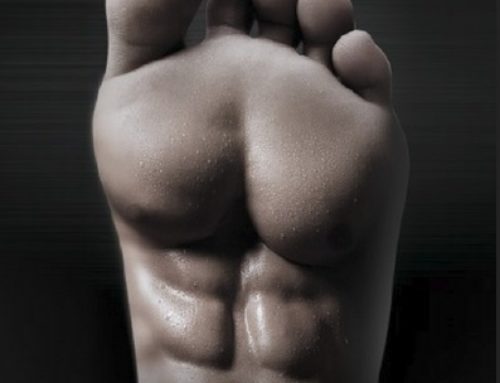
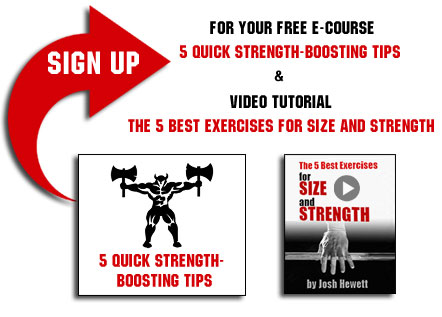
Leave A Comment